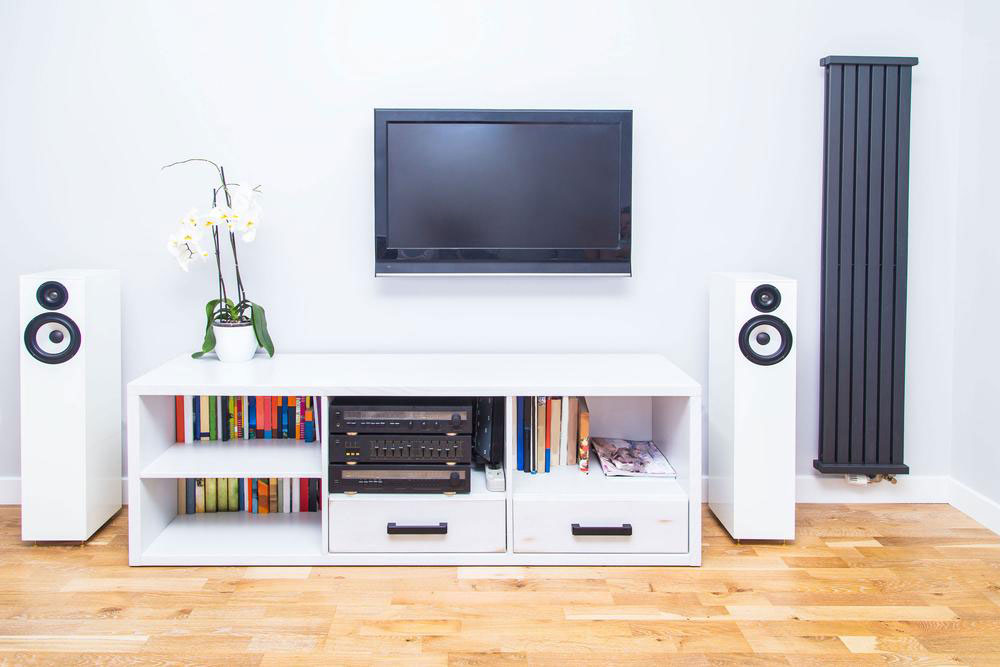Everything you must know about an edge lit LED TV
LED televisions have managed to become the most sought-after LCD televisions worldwide. Thanks to its energy-saving technology, it has brought about a new tech revolution in the television industry. LEDs are basically small light components that reduce energy consumption and dispense high-quality images. There are two types of LED-backlit LCDs, which are full-array LED TVs and edge LED TVs.

Both these kinds of LED TVs conduct the same technology to provide the user with a phenomenal viewing experience without having to worry about the energy expenses. The full-array TVs are generally heavier and thicker. However, Edge LED TVs are lighter in weight and thinner in design, which makes them appealing. However, they do have their own downsides as well.
Here’s a comprehensive content on what an edge-lit LED TV is and whether it is best suited for your requirements.
- What is an Edge-LED TV?
LED TVs are basically LCD TVs that use a particular type of technology to emit lighting source for the LCD pixels present in the television. The lights are present along the edges of the television and face inward, towards the screen, so the light can illuminate it. Due to this, the televisions are usually thinner and lighter. This mechanism can create great images that enhance the visual quality. However, the effect is not the same when the screen is dark. When the screen is dark or when there are black portions in the television content, the color isn’t truly black, as the lighting illuminates the dark regions, making it greyish.
- How different is it from a full-array LED?
In full-array LED TVs, the televisions use the full panel of LEDs to irradiate the pixels. It is more recommended as the entire panel channels technology that can brighten the LED lights and illuminate the screen with bright and sharp colors. Unlike the edge-lit LED TVs, where LCD pixels located around the edges, the full panel allows the right space and colors to be illuminated. This is especially essential in dark regions of the screen or content. The dark regions do not reflect darker or grey light but will be completely black.
- What are the drawbacks of edge LED TVs?
The major drawback of an edge-lit LED TV is the lack of uniformity on the screen. As explained earlier, the pixels are activated through the lights present on the edges of the LED TV. Because the lights aren’t evenly spread across the LED panel, this results in the lack of uniformity which is very noticeable on the screen, especially in the darker areas. Manufacturers use several methods to fix this issue with edge-lit LED TVs. Some TV models have fewer LED lights, which reduces the price of the product as well. While fewer LEDs provide better energy efficiency, it would just be considered as a minuscule improvement in the quality and functioning of the television as LED LCDs are touted to be efficient.











